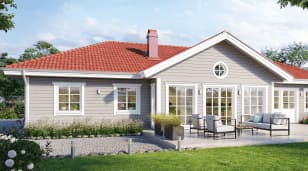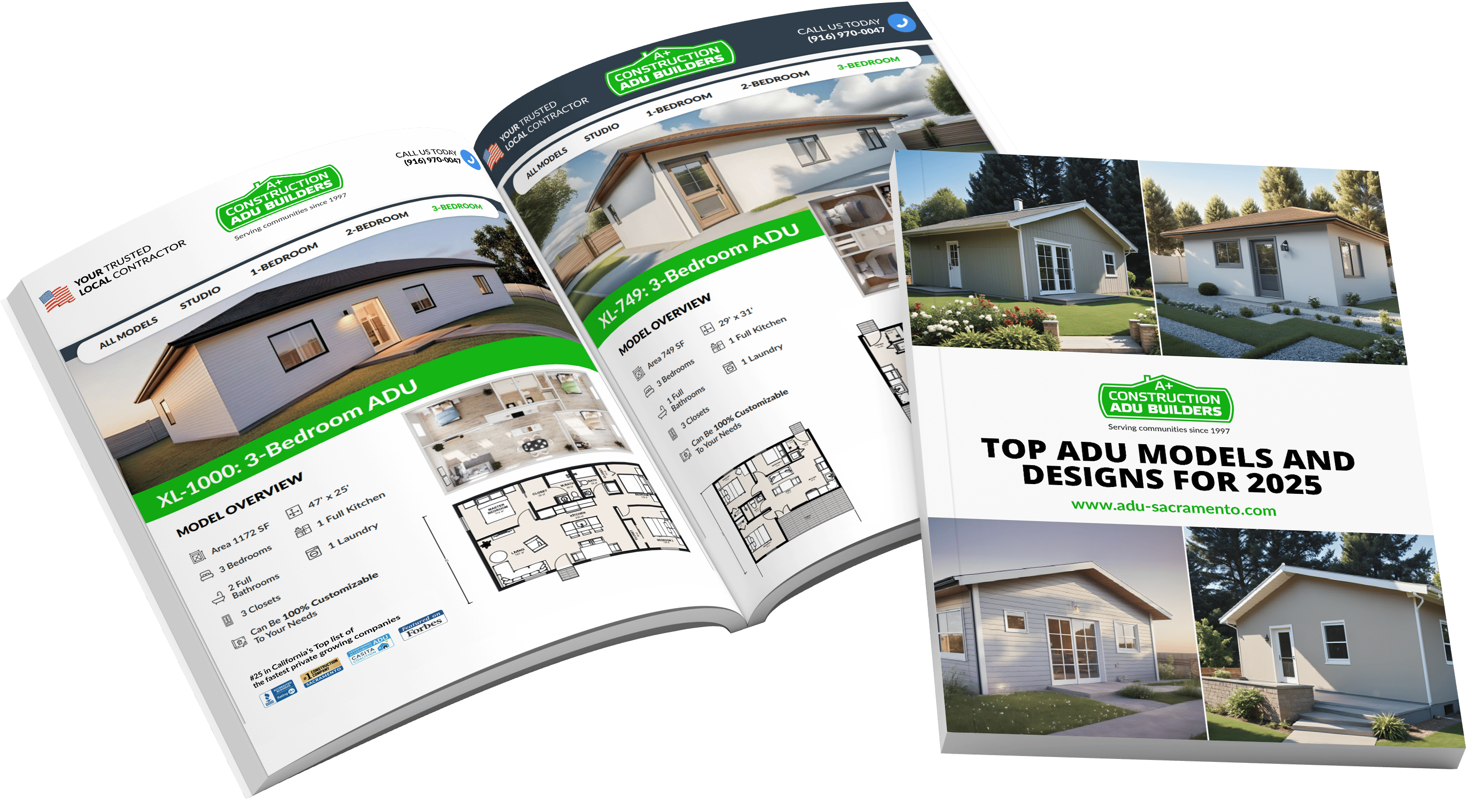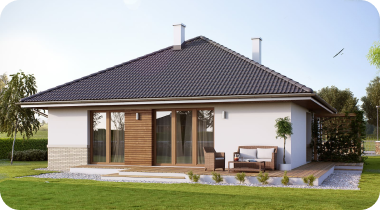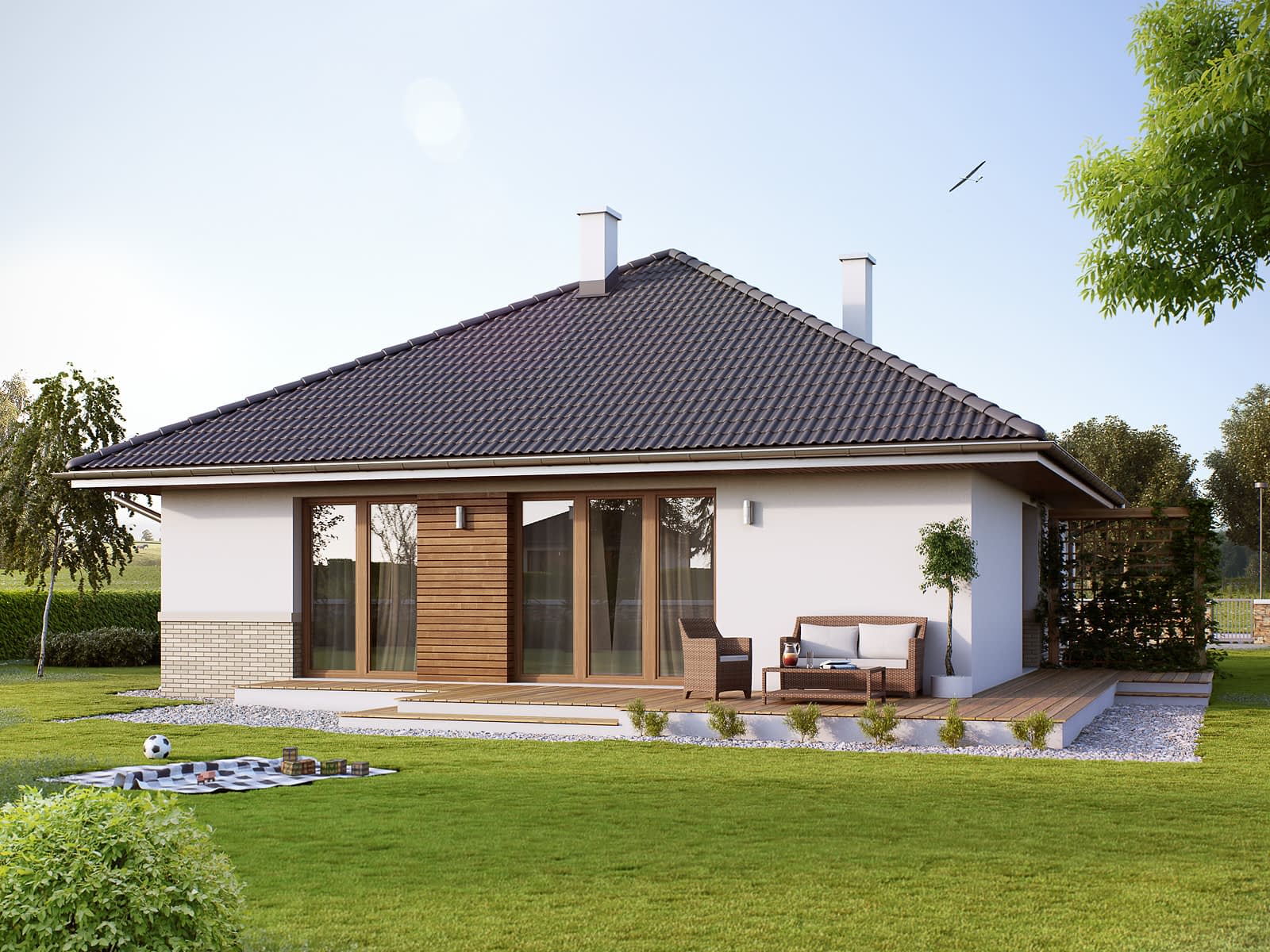





A link to download your FREE brochure will be in your inbox in 3 minutes



















The final price may vary based on project specifics.
To get a free accurate quote tailored to your needs, book a consultation with us today!

The price per square foot provided is an average and may vary depending on project-specific details such as materials, location, complexity, and other factors. Actual costs may differ from the average provided.
It is recommended to obtain a detailed quote based on the specific requirements of your project.

Please note that the monthly payment displayed on this page is an estimate and is subject to variation based on the selected loan product, applicants credit score, loan amount, and other financial details. Actual monthly payment may differ from the estimate provided.
It is recommended to seek advice from a financial advisor or loan officer to obtain precise payment information tailored to individual circumstances.
 Your Trusted
Local Contractor
Your Trusted
Local Contractor
Among all possible variations of accessory dwelling units, there is nothing more functional than the ADU garage conversion project. In most cases, typical single family homes have one or two purposes of use, however, the scenario with ADU garage conversion does not fit into the usual framework, because from the old space you can create an extra living unit with a spacious bedroom, a place for favorite hobbies, equip a modern auto repair shop for your car, a home gym or a theater and, in general, use each square foot as effective as possible. If you’ve been pondering, “how much to convert a garage to ADU,” you’ve landed in the right place.
In this in-depth guide, we’ll explore the entire process of garage conversion, shedding light on the costs involved, regulatory requirements, and offering practical tips to help you make the most of your garage conversion project in California.
A garage conversion transforms an existing garage into a comfortable and modern accessory dwelling unit. But how exactly does the conversion occur? Let’s explore.
The existing garage structure’s current condition is a significant consideration. If it’s robust, the garage conversion costs could be relatively low since it might require minimal upgrades. Conversely, an old or dilapidated garage may require more extensive (and expensive) refurbishments.
Securing building permits is crucial before embarking on your garage conversion. Garage conversion permit costs vary depending on local regulations and the scope of your project. It’s vital to contact your local building department in California to understand the specific requirements and costs. It is important to remember that among all the construction steps there is nothing more important than obtaining a construction permit, because if average homeowner will neglect this issue, then garage conversion cost will increase due to fines.
Deciding on a floor plan is an essential part of the garage to ADU conversion process. Factors to consider include whether you want a full bathroom, extra bedrooms, or a mini-split HVAC system to keep the unit comfortable. Moreover, reliable general contractors, who have extensive experience in the reconstruction of living spaces, take into account smaller details when planning, e.g., the optimal width and height of the garage door or the angle of penetration of natural light into the windows.
Now that you’ve got your plan and permits in hand, it’s time to bring in a reliable general contractor and start the construction. Keep in mind that construction labor constitutes a significant chunk of garage conversion costs, so budget accordingly.
In the Golden State, most garages were built with the property line in mind. However, there might be instances where your garage does not meet the current side yard setback requirements.
In such cases, you may need to work closely with a knowledgeable garage conversion contractor who can guide you through the necessary changes to meet building codes.
Now, let’s delve into the heart of the matter – the garage conversion costs. Although costs can vary, here’s a general breakdown for a typical single-family home:
Demolition may involve removing old garage doors or even the existing roof structure.
Construction cost covers everything from installing energy-efficient windows, exterior siding, and roofing, to modifying the garage floor to make it suitable as a living space.
Installation of separate meters, connecting to the sewer line or extending the gas line, and setting up a water heater can add to your budget.
Creating livable space might involve installing a floor plan, adding walls, a full bathroom, and potentially even creating extra bedrooms.
While the process might seem daunting, obtaining building permits for garage conversions has been simplified in California in recent years. Following the state’s push for more affordable housing options, many restrictions have been loosened, making it easier for homeowners to convert garages to ADUs.
If you, together with a lawyer, will prepare all the submissions and formal documentation, arrange everything according to the letter of the law, then you are almost one hundred percent likely to get permission from the local authorities.
The total cost to convert a garage to an ADU builders Sacramento in California typically falls between $50,000 and $150,000, averaging around $75,000 – read more about here – https://aplusconstructionremodeling.com/adu-builders/. However, it can be more or less, depending on factors such as the garage’s size, the quality of materials used, and the current state of the garage. In addition, the garage conversion cost is formed based on whether we are talking about attached or detached garage conversion, because if habitable space has a common foundation and at least one common wall with the main house, then its reconstruction will be cheaper.
However, in principle, there are no fixed costs for garage conversion ADUs, because each project is unique and most often the price is calculated per square foot, but it is worth remembering that as in the case of any multifunctional extra living space, these costs will pay off.
While the initial outlay may seem steep, converting a garage can actually save money in the long run. It can add value to your property, provide affordable housing for family members, or generate rental income. Moreover, garage conversions require fewer resources than new construction, making them an eco-friendly choice too.
If we think in perspective, garage conversion can reduce overall utility fees, even if the general contractor will install separate meters for water and gas services, because this is an energy-efficient space that consumes less natural resources, which means that receipts for expenses will be less.
Converting your garage can create additional living space for a guest suite, granny flat, or even a guest house. Perhaps you can preserve part of the garage for storage and transform the remaining area into a cozy studio apartment. The possibilities are endless.
Yes, garage conversion projects generally require building permits to ensure that the converted space meets local building codes for safety.
An older or dilapidated garage may require more significant renovations. It’s best to get contractor bids to evaluate the cost.
While some homeowners opt for a DIY approach, a garage conversion typically involves complex elements like plumbing and electrical work, which are best left to professionals.
A garage conversion can add additional square footage to your home, potentially increasing your property value. It can also offer more living space for family or renters.
Generally, a garage conversion is less costly than building a new detached ADU because you’re utilizing a pre-existing structure, which saves on construction costs.
The entire process, including design, permitting, and construction, can take anywhere from 3 to 6 months, but this timeline can vary depending on the project’s complexity.
Yes, homeowners often use home equity loans or personal savings for funding. Some also opt for renovation loans or cash-out refinancing.
Get a First Look at Real ADU Projects